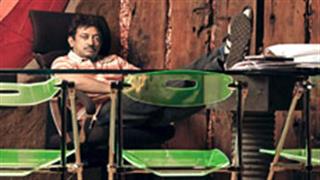Once upon a time there lived a young boy Pheeko in this village who would go around singing 'Khedan de din char ni maen', which means 'Life is too short so we should
enjoy it'.
Pheeko was the youngest of the five sons of Haji Ali Mohammed. He used to hear a 'fakir' singing this song while going around the village begging for alms in the name of
Allah and soon began to imitate him.
This was the beginging of the singing career of Pheeko, who later became famous as Mohammad Rafi.
Born in this remote village of Amritsar district on December 24, 1924, Pheeko along with his father and brothers migrated to Lahore in 1935 to earn some good
money.
It was at Lahore that he was noticed by a music director and at the age of 20, he began his career with a Punjabi song, '' Soniya hiriye, teri yaad ne bahut sataya'' for the
movie '' Gul Baloch,'' which was released on February 28 1944.
The death anniversary of this legendary singer falls tomorrow and very few even in his native place, remember that Rafi was born in this obscure village.
Memories of the great music legend Mohammad Rafi, however, seem to be fading away in this own village, as nothing that belonged to him has been preserved. His
ancestral house has also not been preserved. The 'kutcha house' of Rafi was demolished by a farmer to construct his own dwelling.
The one-room memorial raised by a society here has virtually been converted into a shed for cattle. The local residents, barring a few elderly people, know very little about
the legendary singer and his songs.
There is only a signboard on where Mohammad Rafi Marg has inscribed on. This signboard, too was put up with great efforts of the residents of the village.
Interestingly, Rafi had written his name on the trunk of a mango tree in the village when he was a child. Before leaving for Lahore, he told the villagers not to cut it because it
would remind them of him and it still stands there.
Rafi an unknown entity in his birthplace
Tuesday, August 01, 2006 15:45 IST

















